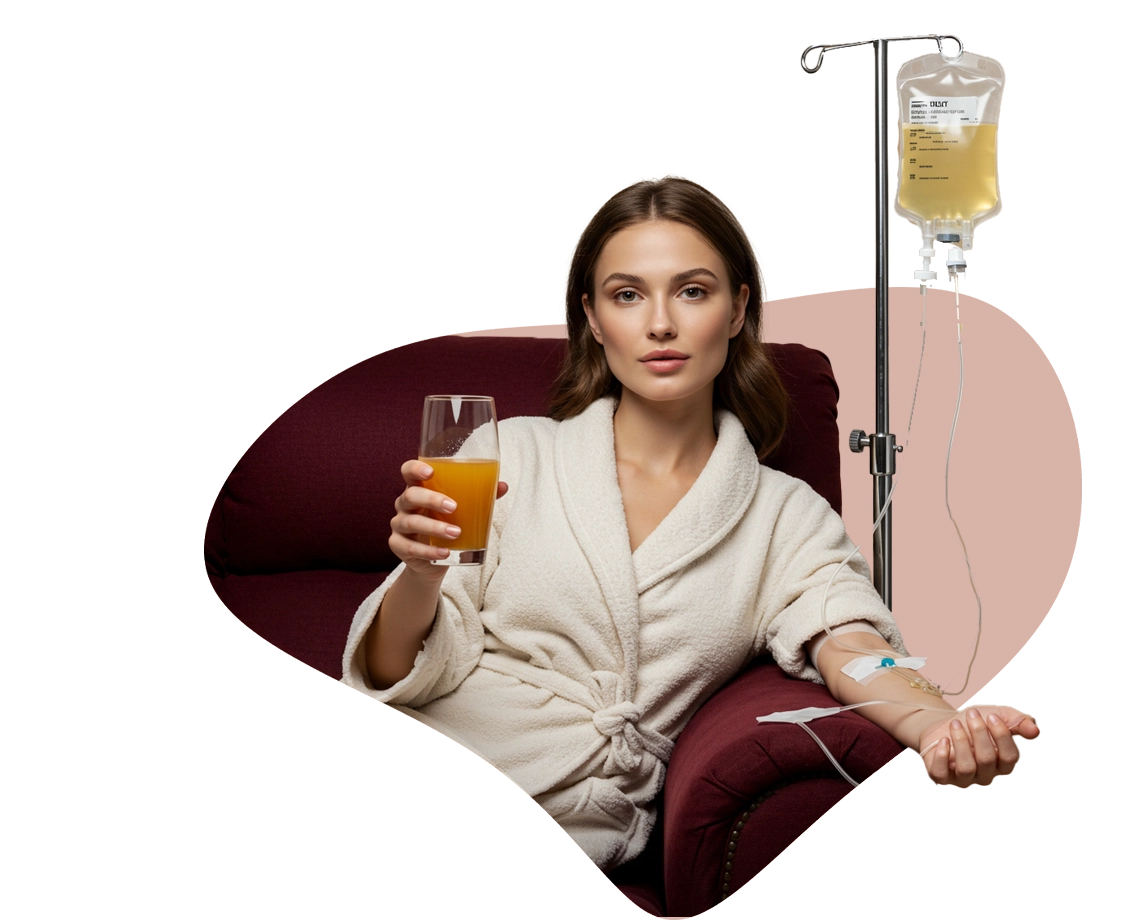Dr. Shifa Al-Ahmad: “Modern women are no longer forced to surrender to the effects of aging.”
Dr. Shifa Al-Ahmad, consultant in obstetrics, gynecology, and regenerative women’s medicine, revealed a true revolution in women’s health, affirming that modern advances in regenerative medicine have opened new horizons for women to scientifically and effectively restore their youth and vitality.
She stated: “During more than fifteen years of practice in obstetrics and gynecology, I have witnessed a radical transformation in our understanding of how aging affects women—and how to deal with it scientifically and medically.”
Striking Numbers Confirm the Effectiveness of Modern Therapies
Dr. Al-Ahmad pointed out that the latest scientific statistics show 21 registered clinical trials of stem cells and their derivatives for treating premature ovarian insufficiency as of February 2024—a figure that reflects the growing global interest in this promising field.
“These numbers are not just statistics,” she emphasized, “they represent real hope for millions of women worldwide who face the challenges of aging and hormonal changes.”
A Revolution in Understanding Female Stem Cells
Dr. Al-Ahmad highlighted an important scientific breakthrough: “Recent research has shown that the regenerative capacity of the endometrium is attributed to primary stem cells residing in both the epithelial and stromal compartments of the basal layer.”
“This discovery has opened new avenues in treating fertility problems and age-related changes, as we can now target these cells to stimulate natural regeneration.”
A Paradigm Shift in Hormone Therapy
According to Dr. Al-Ahmad, updated scientific reviews from the International Menopause Society (2024) have shifted the scientific perception of hormone therapy.
“Recent studies indicate that hormone therapy for women under sixty carries a low risk of adverse events, offering a promising safety profile. In fact, the benefits for managing menopausal symptoms outweigh the risks, especially in women below sixty. This marks a positive turning point in the scientific view of hormone therapy.”
Advanced Diagnostic Protocols
Dr. Al-Ahmad revealed the advanced diagnostic protocols applied in her clinic:
Comprehensive hormone panel: Estrogen, progesterone, testosterone, growth hormone, cortisol
Ovarian reserve assessment: AMH hormone and antral follicle count
Bone density testing: DEXA scan for early detection of osteoporosis
Cardiovascular evaluation: ensuring safety for hormone therapy
Personalized Treatments for Each Case
“Modern treatment is all about personalization,” Dr. Al-Ahmad stressed. “Bioidentical hormones—estradiol (E2) and progesterone—are FDA-approved options when preferred.”
Optimal protocol includes:
Transdermal estradiol: 0.025–0.1 mg daily
Micronized progesterone: 100–200 mg daily
Testosterone (if needed): 0.3–0.5 mg daily
Stem Cells: The Future of Regenerative Therapy
Dr. Al-Ahmad explained: “Regenerative therapies such as stem cells and exosomes represent promising alternatives, as stem cells have the ability to repair damaged reproductive tissues.”
Clinical applications include:
Stem cell injections into ovaries for premature ovarian insufficiency
Platelet-rich plasma (PRP) for vaginal tissue rejuvenation
Exosome therapy to stimulate cellular regeneration
Scientifically Supported Nutritional Advice
Dr. Al-Ahmad emphasized:
Omega-3: 2000–3000 mg daily (anti-inflammatory, cardiovascular support)
Vitamin D3: 4000 IU daily with Vitamin K2 (100 mcg)
Magnesium: 400–600 mg daily (sleep, muscle support)
Collagen peptides: 10–15 g daily (skin and joint health)
Anti-inflammatory diet: balanced proteins, complex carbs, healthy fats, and fiber
Evidence-Based Fitness Programs
She outlined a precise exercise regimen:
Strength and resistance training: 2–3 times per week, 45–60 minutes per session, intensity 70–85% max strength
Cardio training: HIIT twice weekly, moderate continuous cardio (150 minutes weekly), plus brisk walking (10,000 steps daily)
Stress Management with Proven Techniques
Dr. Al-Ahmad highlighted the importance of mental health:
Mindful meditation: 20–30 minutes daily
Deep breathing (4-7-8 technique)
Therapeutic yoga: three times per week
Cognitive-behavioral therapy: when needed
Advanced In-Clinic Regenerative Technologies
Her clinic offers cutting-edge therapies:
Radiofrequency: Thermage, Venus Freeze, Exilis
Laser therapies: Fractional CO2 Laser, Erbium Laser, Diode Laser
Regenerative injections: PRP, PRF, and exosomes
Comprehensive Monitoring Program
Dr. Al-Ahmad stressed the importance of close follow-up:
First year: every 3 months—hormone therapy response, liver/kidney function, blood pressure, diabetes, mood assessments
Every 6 months: full hormone analysis, breast and uterine tumor screening, cardiovascular assessment, bone and joint health
Managing Risk Wisely
She highlighted essential risk management:
Modifiable factors: quitting smoking, medical weight-loss programs, personalized fitness, stress reduction strategies
Non-modifiable factors: family history (intensive monitoring), genetic predispositions (advanced genetic testing when necessary)
Future Prospects in Regenerative Gynecology
“Recent studies show partial restoration of ovarian function—including hormone secretion and follicle production—in sterilized mice,” Dr. Al-Ahmad explained, “opening promising doors for the future of treatment.”
She added that emerging technologies include:
3D artificial ovaries
Advanced gene therapy for hormonal disorders
Precision medicine tailored to genetic profiles
A Medical Message to Arab Women
Dr. Al-Ahmad concluded with a heartfelt message:
“As a physician who has practiced this specialty for many years, I affirm to Arab women: aging is not an enemy to fight—it is a stage to be managed with wisdom and science. Regenerative medicine has given us powerful tools to help women live with health and vitality at every stage of life.”
“I call on every woman to take charge of her health and not hesitate to consult a specialist in regenerative gynecology for a treatment plan tailored to her needs. True success comes through partnership between doctor and patient, combining advanced medical therapy, a healthy lifestyle, and integrated psychological care.”
About Dr. Shifa Al-Ahmad
PhD in Obstetrics & Gynecology
Diploma in Regenerative Women’s Medicine
Member, International Menopause Society
Member, Arab Society for Regenerative Medicine
Over 15 years of clinical experience










